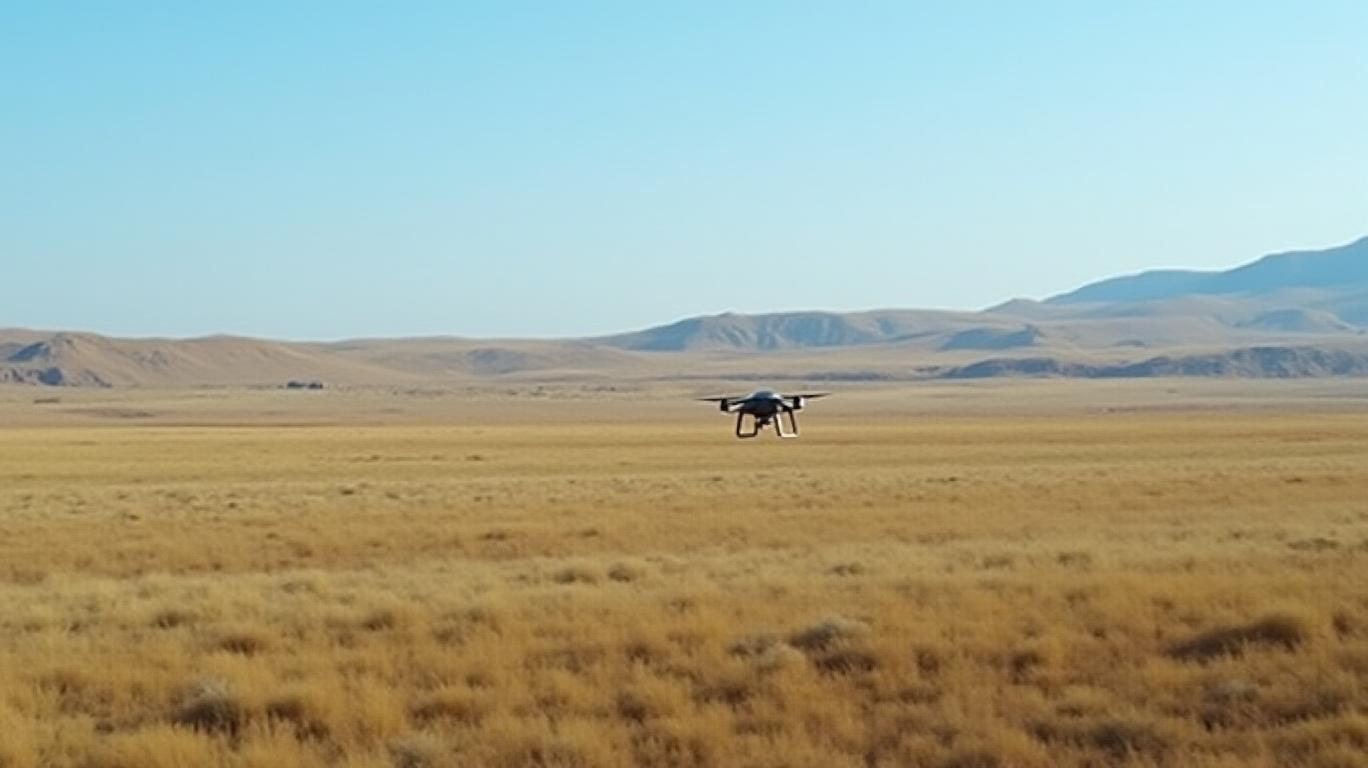Snow Lake Resources' Reverse Stock Split: A Desperate Move or Strategic Play?
Snow Lake Resources Ltd. (NASDAQ: LITM), rebranded as Snow Lake Energy, has announced a 1-for-13 reverse stock split, a bold move to avoid potential delisting from Nasdaq. The decision, effective May 2, 2025, aims to lift its share price above Nasdaq’s $1.00 minimum bid requirement—a critical threshold for maintaining its public listing. But is this a prudent strategic adjustment or a last-ditch effort to stave off delisting? Let’s dissect the implications.
Why the Reverse Split?
Snow Lake’s shares have hovered near or below $1 for months, raising compliance concerns. The reverse split will consolidate 13 pre-split shares into 1 post-split share, theoretically multiplying the share price by 13. For instance, a $0.50 pre-split price would jump to $6.50 post-split. However, this is a paper gain—market forces will determine the actual trading price.
The move reduces the number of outstanding shares from 101.7 million to ~7.8 million, which could attract more institutional investors who often avoid low-priced “penny stocks.” Yet, the company warns compliance is not guaranteed, underscoring the precarious state of its valuation.
This chart will show LITM’s struggle to stay above $1, highlighting the urgency of the reverse split.
Shareholder Impact: Winners and Losers
While the split simplifies share ownership for large holders, smaller investors face risks. Those holding less than 13 shares could lose their entire stake due to rounding rules, as fractional shares are cashed out. For instance, 10 shares pre-split would become 0.76 post-split, resulting in a cash payout for the 0.76 fraction. Physical certificate holders must actively engage with the transfer agent (Endeavor Trust Corporation) to update their holdings, adding administrative friction.
Equity instruments like options and RSUs will also adjust, potentially diluting the value of unexercised contracts. Investors with out-of-the-money options may see their value evaporate entirely if the post-split share price doesn’t justify exercise.
Business Context: Critical Minerals and Uncertain Prospects
Snow Lake’s focus on uranium and critical minerals positions it in a sector with long-term growth potential. Its Pine Ridge Uranium Project in Wyoming and Engo Valley Project in Namibia are key assets, especially as global demand for uranium surges amid renewed interest in nuclear energy. In Manitoba, the company’s critical minerals projects target lithium and cobalt, critical for EV batteries.
However, exploration companies face execution risks. Delays in permitting, cost overruns, or falling commodity prices could undermine Snow Lake’s ability to generate meaningful cash flow. The reverse split addresses liquidity, not operational challenges.

Risks and Uncertainties
- Market Skepticism: Reverse splits often trigger skepticism, as they signal a company’s inability to organically boost its share price. LITM’s post-split price may struggle to hold above $1 if fundamentals don’t improve.
- Regulatory Risks: Nasdaq could still delist the company if it fails to meet other compliance criteria, such as minimum market cap or liquidity metrics.
- Investor Exit: Smaller shareholders exiting due to fractionalized holdings could depress liquidity post-split.
Conclusion: A High-Stakes Gamble
Snow Lake’s reverse split is a high-risk, high-reward maneuver. While it temporarily addresses the $1 price threshold, long-term survival hinges on two factors:
1. Project Execution: Success in advancing Pine Ridge, Engo Valley, or Manitoba’s critical minerals projects to production could bolster valuation.
2. Market Reception: The post-split stock must attract buyers, particularly institutions, to sustain momentum.
Historically, reverse splits for Nasdaq compliance have mixed outcomes. For example, in 2023, Hudbay Minerals (HBM) executed a reverse split to avoid delisting, but its shares remained volatile. Snow Lake’s path will depend on operational progress and investor confidence in its resource portfolio.
Investors should weigh the immediate liquidity benefits against execution risks. A post-split price above $1 is necessary but insufficient—Snow Lake must deliver on its exploration pipeline to justify sustained interest. Until then, this remains a speculative play for those willing to bet on critical minerals and the company’s ability to navigate regulatory and market headwinds.
Final Note: Monitor LITM’s SEC filings for updates on project timelines and financial health. The coming quarters will reveal whether this reverse split is a strategic pivot—or a stopgap that fails to stem the tide.

Comments
No comments yet